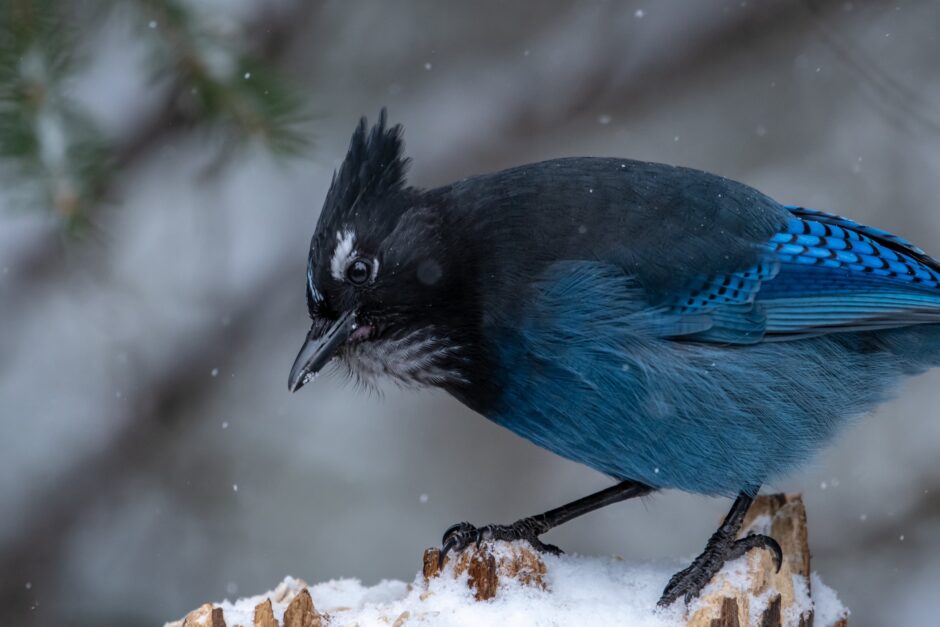
Chasing Feathers: Tips & Techniques for Better Bird Photography
Whether you’re trekking through a Brazilian wetland or perched quietly in your own backyard, photographing birds is a rewarding challenge. These feathered subjects are fast, flighty, and rarely follow direction, but with the right technique and a bit of practice, you can capture compelling images that do justice to their wild beauty. Below is my field-tested guide that blends ethics, technique, and storytelling to help you chase feathers with purpose.
Dress the Part, Travel Prepared
It starts before you even lift the camera. Dress in dark or earth-toned layers so you don’t draw unwanted attention, especially from nervous or flighty species. Avoid anything that rustles or shines. Waterproof outerwear is essential. Conditions can change fast when you’re in the field, especially near coastlines, wetlands, or alpine lakes.
Pack smart. A good starting kit includes a zoom lens in the 100–400mm or 200–600mm range, a tripod or monopod, and a camera body you’ve practiced with ahead of time. Throw in a camera rain cover, extra batteries, a few SD cards, and a lens cleaning kit, and you’re set for a full day of shooting. If you’re using a mirrorless system with animal eye-detect or bird autofocus, make sure you know how to set it ahead of time; it’s a game-changer for fast-moving subjects.
Know the Settings for the Shot
Birds present wildly different challenges depending on their behavior and habitat. You don’t shoot a preening heron the same way you shoot a diving kingfisher. Here are a few go-to starting points that I adjust based on light and movement:
Perched Birds / Portraits
- Mode: Aperture Priority or Manual
- Shutter: 1/500–1/1000 sec
- Aperture: f/4–f/6.3
- ISO: 100–800
- Focus: Single AF, single point on eye
- Burst Mode: Single or low-speed
Birds in Flight
- Mode: Manual or Shutter Priority
- Shutter: 1/2500–1/4000 sec
- Aperture: f/5.6–f/8
- ISO: Auto (cap at 3200–6400)
- Focus: Continuous AF, wide zone w/ tracking
- Burst Mode: High-speed
Water or Ground Birds
- Mode: Aperture Priority or Manual
- Shutter: 1/1000–1/2000 sec
- Aperture: f/6.3–f/8
- ISO: 400–1600
- Focus: Continuous; use expanded or single point depending on movement
- Burst Mode: Medium-speed
Low-Light Birds
- Mode: Manual w/ Auto ISO
- Shutter: Minimum 1/500 sec (1/250 if still)
- Aperture: f/2.8–f/5.6
- ISO: Auto up to 6400–12800
- Focus: Continuous, Small zone or single point
- Burst Mode: Medium-speed
Previsualization helps here. When you know you’re approaching a rookery or shoreline where birds might flush quickly, preset your camera so you’re ready when the moment comes.
Ethics in the Field
Bird photography demands a deep respect for your subject. There’s no image worth stressing an animal. Use a long lens instead of inching closer. Skip the bait and bird calls, especially during breeding season, and avoid geotagging sensitive locations. Many birding hotspots and nests have experienced increased human traffic after a single viral post. If you’re in a place where endangered or ground-nesting birds live, tread lightly and stick to paths. Transparency is also very important. Tell how an image was taken as it builds trust in the birding and photography communities. It also educates others about best practices. Be sure to say if a photo is of a captive bird, so you don’t inspire others to get too close to wild birds to get the image you did.
Compose With Intention
Good bird photography is as much about art as it is about accuracy. The way you frame your image can evoke a feeling just as powerfully as the bird itself. Try composing using:
Rule of Thirds: Place your bird’s eye or body on the grid’s intersection points. This works especially well with horizontal perches or birds in open space.

Looking into the Open: Don’t crop a bird’s gaze into a corner. Leave space in front of its line of sight for your photo’s viewer to travel through.
not great  better
better 
Feature the Fun Fact: Learn about your subject and look to feature that interesting behavior, adaption, or appearance in your photo for the strongest image that helps tell the story of your subject.
Change your Perspective: When you can, get low. Eye-level shots, particularly those “down-the-barrel” portraits, create a strong connection with your viewer. Lie in the sand, crouch behind a stump, or shoot from a kayak—just be sure to protect your gear.
The Photo
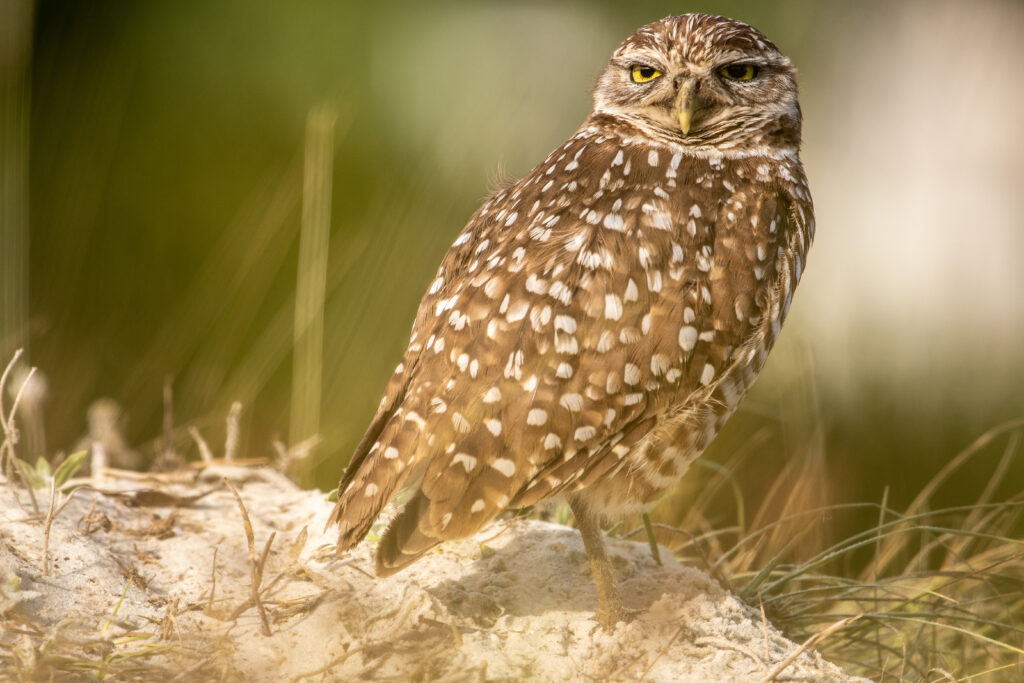
The Photo Position
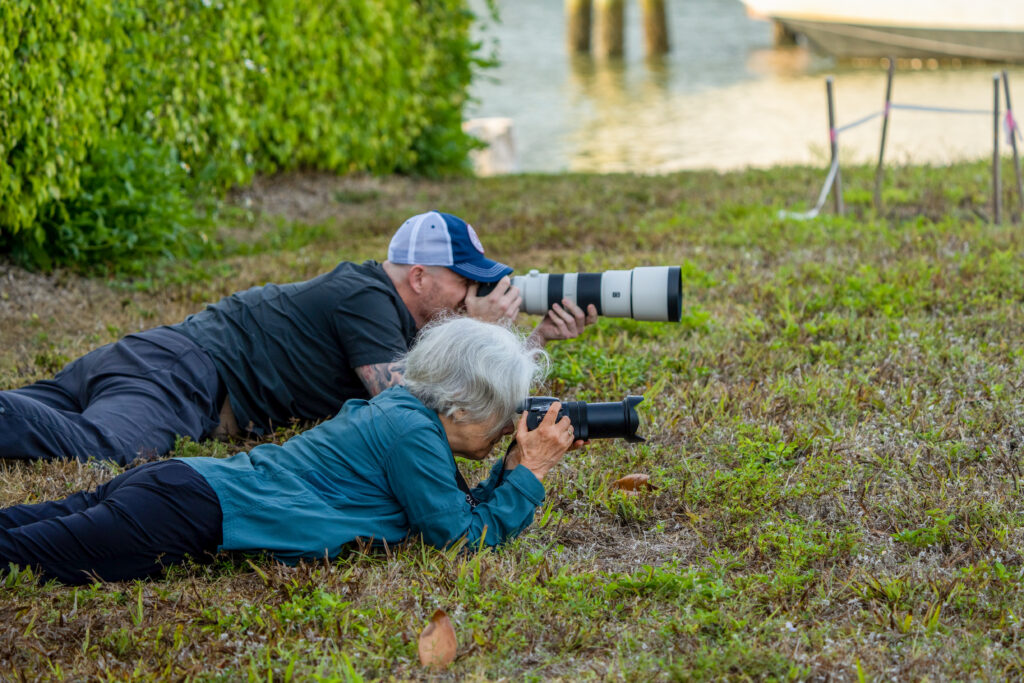
Anticipate Behavior
One of the fastest ways to improve your bird photos is to spend more time watching than shooting. Birds are creatures of habit. Learn their rhythms. A snowy egret may circle the same tidal pool in the morning. A kingfisher might return to the same perch after a dive. Understanding their behavior increases your odds of capturing action rather than just reaction.
Try focusing on the “decisive moment”—a preening gesture, a ruffle of feathers, or that instant a bird tilts its head to listen. These candid details breathe life into your frame. Even still birds can be expressive if you wait long enough.
Common is your Classroom
You don’t have to travel far to become a better bird photographer. Local parks and backyards offer the perfect training ground. Sparrows, mallards, and robins might be common, but the challenge lies in capturing them uncommonly well. Use these approachable subjects to practice tracking movement, working with changing light, and composing clean frames. Consistently sharp images of birds in motion will prepare you for rarer species when traveling.
Still, local bird photos can quickly become repetitive if you don’t push yourself. Set creative challenges: Can you catch motion blur in a wingbeat? Backlight a tail? Find symmetry in a flock? Let weather influence your style. Fog can add mood, golden hour light adds warmth, and rain might give you your best image of the day. Learning how to adapt in your own backyard helps you stay ready when wildlife appears and conditions are less than ideal.
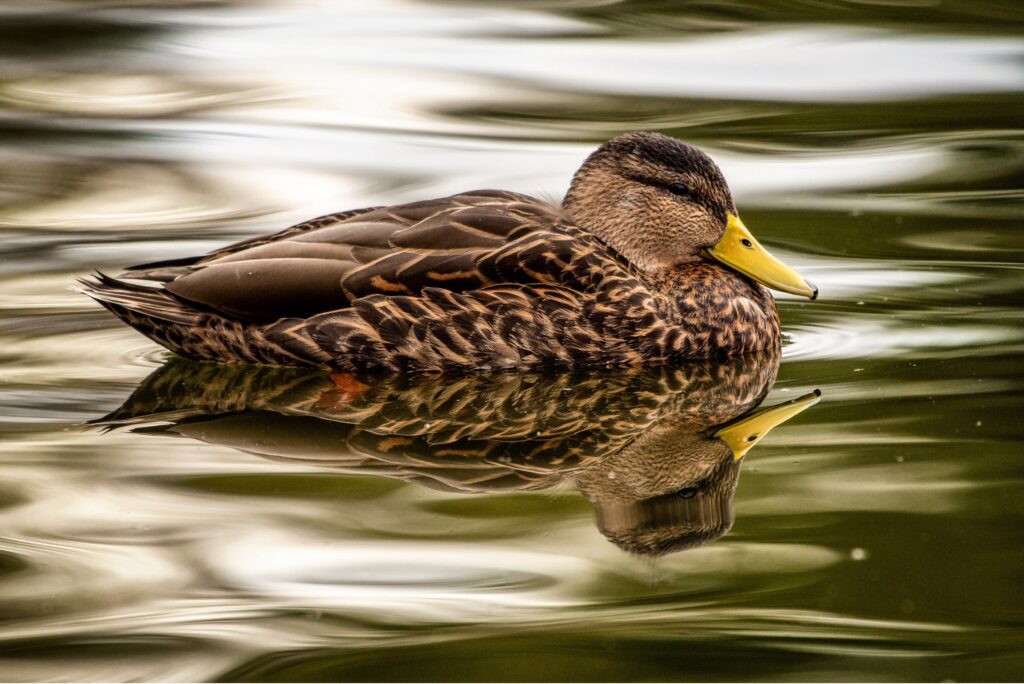
A Final Word from the Field
Bird photography teaches you to be present, patient, and precise. It’s humbling in the best way. There’s always another frame to chase, another behavior to discover, and another light to see familiar feathers in. The more time you spend with birds, the more you realize they aren’t just subjects. They’re storytellers of the natural world, each with a unique role in the greater ecological narrative.
If you’re ready to take those skills beyond the backyard, explore destinations rich in birdlife and photographic potential. In Australia, species like rainbow bee-eaters, superb fairywrens, and tawny frogmouths bring bold colors and curious behavior to coastal and forested settings. In the Galapagos, fearless finches, blue-footed boobies, and waved albatrosses offer close-range encounters and incredible expressions. Or head to Borneo, where rhinoceros hornbills and broadbills dart through rainforest light, testing your reflexes and creative eye. Each destination brings new challenges, new beauty, and new stories worth capturing.
Happy photographing,

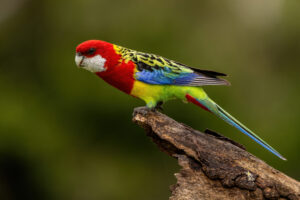
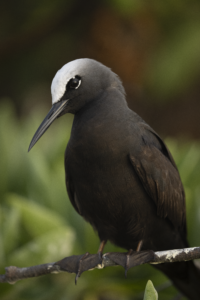
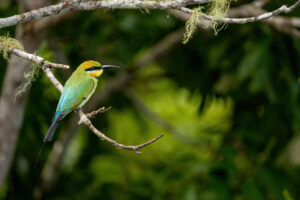
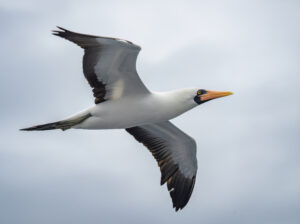
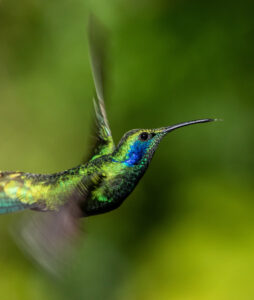
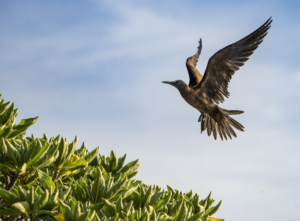
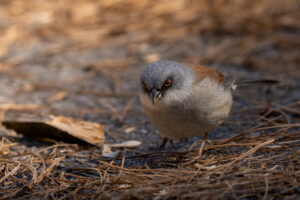
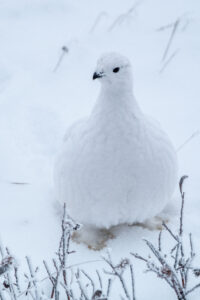
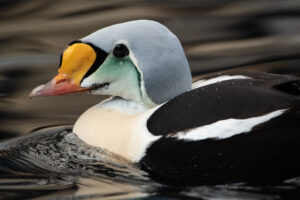
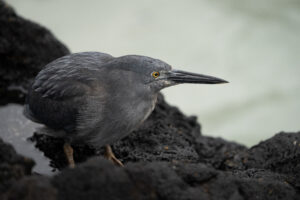
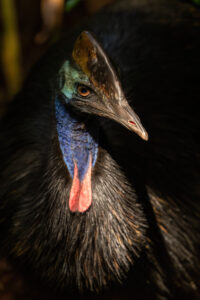
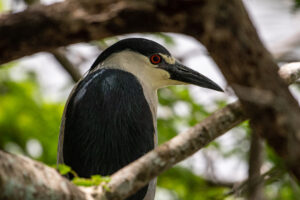

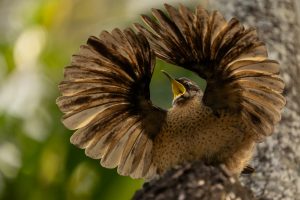

2 Comments

CJ Sims
September 4, 2025 at 11:03 am

Court Whelan, Ph.D.
September 4, 2025 at 11:26 am
Thank you for this great information and simplifying it for a rookie like me!
Do you have any idea what type of camera and lens the woman is using that’s laying on her stomach? I have had three fusions in my neck and a complicated hand surgery and I’m looking for a good light camera for bird and wildlife photography.
Your photos are great and they inspire me!
hi CJ, that looks to me like the Sony RX10 –a great all around camera indeed! For some reason, Sony has decided to discontinue this line, even though it’s an incredible camera and rather best-in-class when it comes to a single camera with built in 24-600mm lens. Thus, you might have to look for a used one. Nevertheless, if you are looking for something small and lightweight, OM Systems is a great fit and they have some excellent birding lenses, as well as night photography!